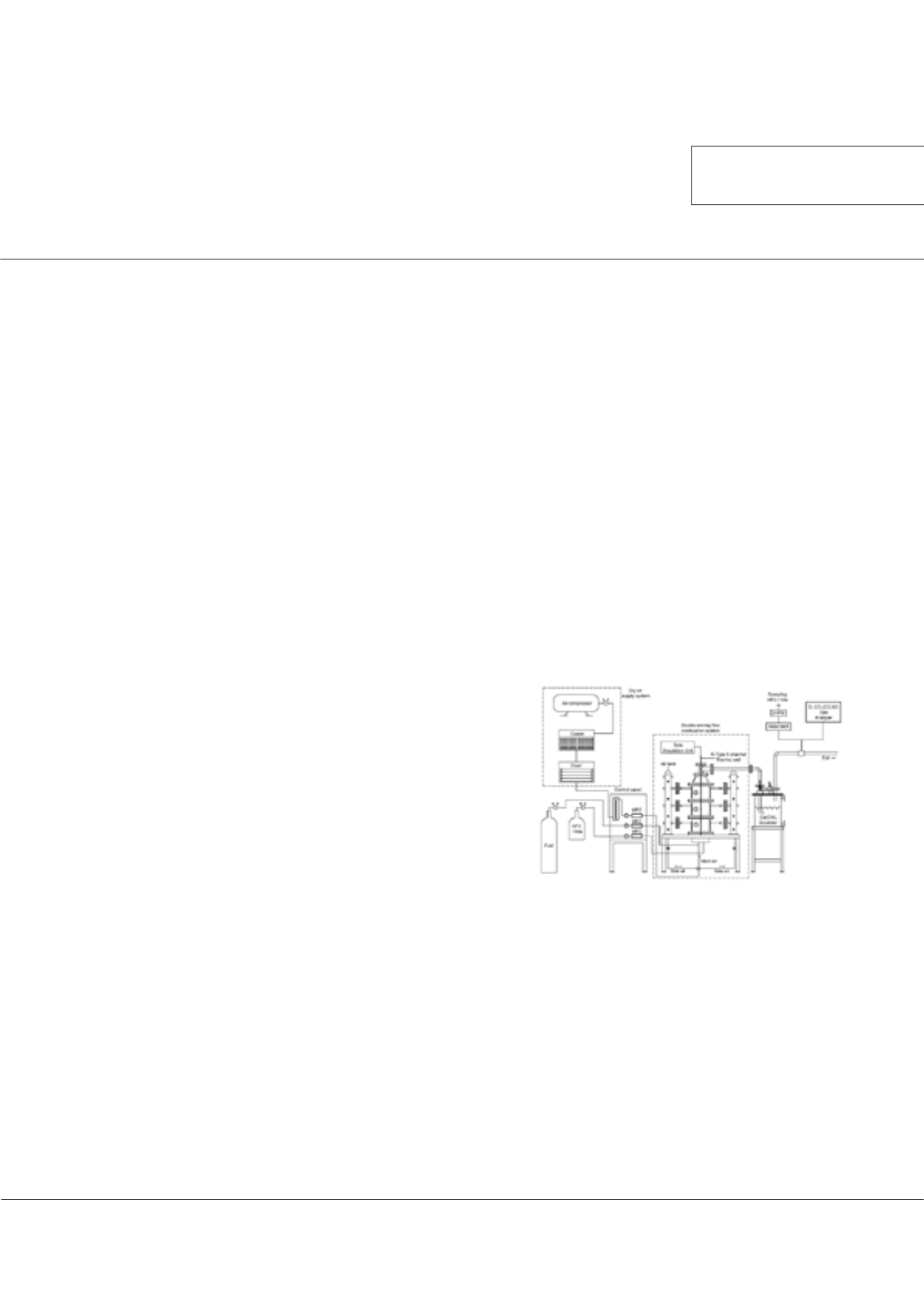

Page 90
conferenceseries
.com
Volume 2
Environment Pollution and Climate Change
ISSN: 2573-458X
Climate Change 2018 &
Global ENVITOX 2018
October 04-06, 2018
October 04-06, 2018
London, UK
16
th
Annual Meeting on
Environmental Toxicology and Biological Systems
&
5
th
World Conference on
Climate Change
JOINT EVENT
Effect of steam injection into incinerator on thermal destruction of waste refrigerant (HFC-134a)
Tae-in Ohm
1
, Jong-seong Chae
1
and
Seung-hyun Moon
2
1
Hanbat National University, South Korea
2
Korea Institute of Energy Research, South Korea
T
he reuse of hydrofluorocarbons (HFCs) with a global warming potential (GWP) of >150 is prohibited in developed
countries. Decomposition and subsequent neutralization of the produced hydrogen fluorides is currently widely used
for the treatment of high-GWP waste HFCs. However, there is the need to reduce the high auxiliary energy consumption of
the utilized incinerator. For this purpose, we developed two versions of a burner for injecting fuel, oxidizer, refrigerant, and
steam into the incinerator. The simultaneous supply of the waste HFCs and steam into the incinerator was expected to enhance
the destruction of the former, thereby reducing the energy consumption. The following were determined from the results of
experiments that were performed to evaluate the effectiveness of the developed type-1 burner. The simultaneous supply of
steam and waste HFCs into the incinerator increased the internal temperature of the incinerator when using either version of
the type-2 burner. With the simultaneous supply of steam and the HFCs, the internal temperature of the incinerator increases
with increasing steam supply, regardless of the version of the burner used. When using the type-2 burner, by which steam is
supplied to the incinerator in the same direction as the flame, the NO
x
concentration decreases from 71 ppm to 62 ppm with
increasing steam feed rate. In the case of using the type-1 burner, there is no decrease in the NO
x
concentration. The HFCs
decomposition rate is 100% for a HFCs feed rate of up to 2.8 kg/h with no steam supply, while the 100% decomposition is
maintained up toHFCs feed rates of 3.0 and 3.4 kg/hwhen using the types 1 and 2 burners with steamsupply.The decomposition
rate of the HFCs for the two types of burners are the same for steam
feed rates above 0.5 kg/h.
Recent Publications
1. Ohm T I, Myung S Y, Jang W B and Yu S R (2015) A comparison
of refrigerant management policies and suggestions for
improvement in South Korea. J Mater Cycles Waste Manag
19(2):631–644.
2. Jasinski M, Dors M and Mizeraczyk J (2009) Destruction of freon
HFC-134a using a nozzleless microwave plasma source. Plasma
Chem Plasma Process 29(5):363–372.
3. Watanabe T and Tsuru T (2008) Water plasma generation under
atmospheric pressure for HFC destruction. Thin Solid Films
516(13):4391–4396.
4. Hannus I (1999) Adsorption and transformation of halogenated
hydrocarbons over zeolites. Appl Catal. 189:263–276.
5. Wang H P, Liao S H, Lin K S, Huang Y J and Wang H C (1998) Pyrolysis of PU/CFCs wastes. J Hazard Mater 58:221–226.
Biography
Tae-in Ohm has been Professor at the Department of Environmental Engineering, Hanbat National University since 1995. He is interested in designing of incinerator
for wastes, municipal solid waste, waste refrigerant, liquid industrial wastes and RDF. Also, he has experience in drying technology of organic waste with high
water content.
tiohm1@hanbat.ac.krTae-in Ohm et al., Environ Pollut Climate Change 2018, Volume 2
DOI: 10.4172/2573-458X-C1-003
Figure 1:
Schematic diagram for the decomposition system of
the waste refrigerant
















